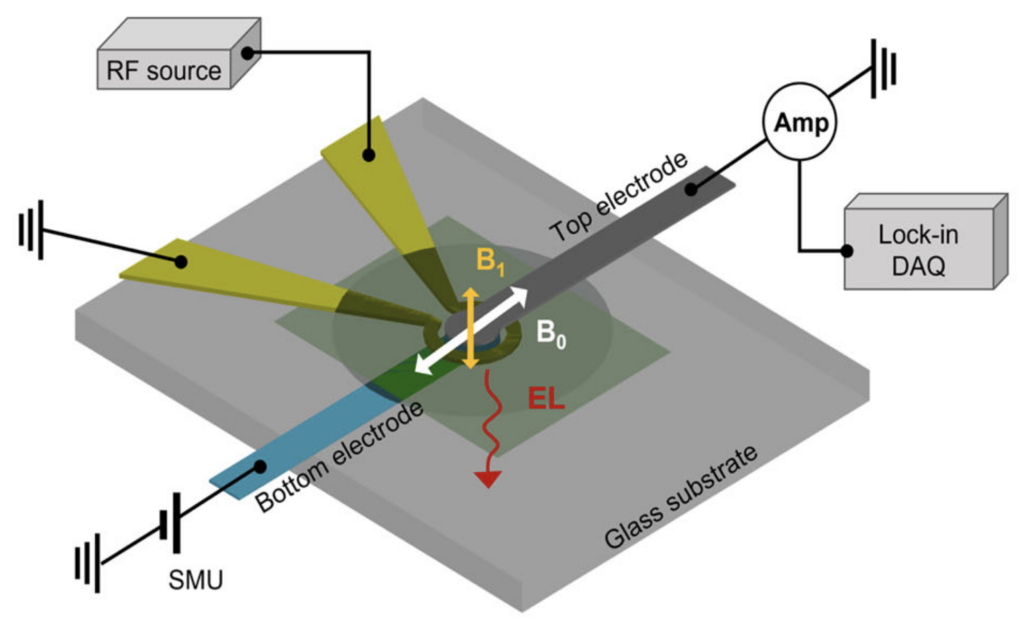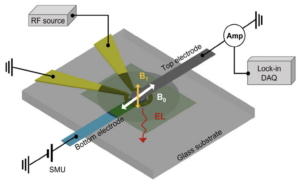Researchers from the University of New South Wales (UNSW) have unveiled an innovative method to convert smartphones into portable quantum sensors. In a recent study published in Nature Communications, the team detailed their groundbreaking approach, which involves using organic light-emitting diodes (OLEDs) to image magnetic fields. This exciting discovery has far-reaching implications for various sectors, including healthcare, construction, and industrial diagnostics.

The research, led by Dr. Rugang Geng and Professor Dane McCamey from the UNSW School of Physics, explored how OLEDs, a type of semiconductor material prevalent in digital displays, can be employed to map magnetic fields. “Our findings show that OLEDs, a commercially available technology, can be used not only for displays and lighting but also for quantum sensing and magnetic field imaging by integrating a small piece of microwave electronics,” Dr. Geng explained.
This advancement in magnetic field imaging technology could allow people to use smartphones for detecting defects in diamonds, jewelry, construction materials, and as biomedical sensors. The team was also surprised by the high resolution of the images produced, with details visible on sub-micron length scales, akin to the size of bacteria or neurons.
OLEDs are well-known for their excellent display quality in smartphones and TVs. In these devices, applying voltage causes electrons and holes to be injected into different layers, where they form ‘excitons’ that emit visible light when they decay. The spin property of electrons and holes, which is very sensitive to external magnetic fields, plays a crucial role in this light emission process. By measuring the signal change induced by a spin direction switch, researchers can determine the strength of any magnetic field the device is exposed to.
The team integrated an OLED with a microwave resonator, which generates a tiny oscillating magnetic field across the OLED device, allowing each individual pixel of the OLED screen to function as a small magnetic field sensor.
Existing quantum sensing and magnetic field imaging equipment is often bulky, expensive, and limited in terms of device integration potential and commercial scalability. However, the new technique developed by the UNSW researchers can function at a microchip scale without the need for a laser input, making it an ideal candidate for various applications in scientific research, industry, and medicine.
Moving forward, the research team aims to improve the device’s performance, optimize its architecture, and explore other techniques to increase field sensitivity. Additionally, they are actively seeking collaboration with OLED technology companies to help accelerate the translation of this technology from lab to commercial products.
Reference
Geng, R., Mena, A., Pappas, W. J., & McCamey, D. R. (2023). Sub-micron spin-based magnetic field imaging with an organic light emitting diode. Nature Communications, 14(1), Article 1. https://doi.org/10.1038/s41467-023-37090-y

